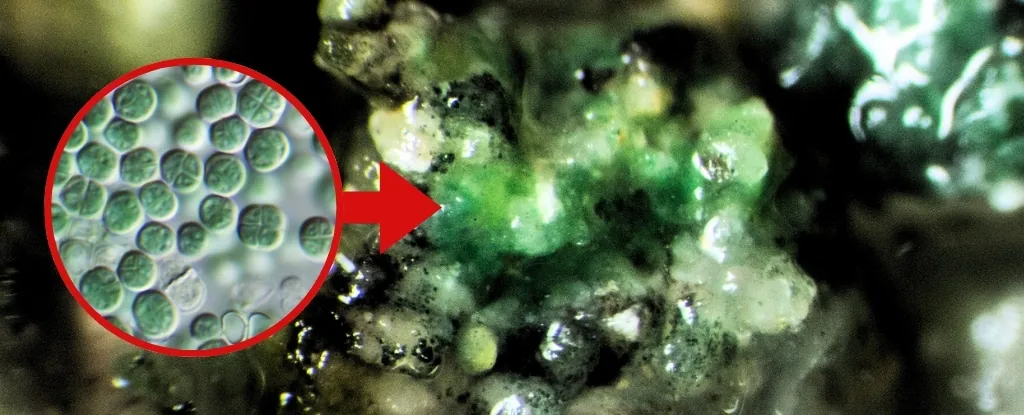
Meet Chroo: The Super Microbe That Could Survive Mars – And Be Your Next Space Pet!
2025-09-10
Author: Lok
Unveiling the Cosmic Survivor
Astrobiologists have a secret weapon in their quest to uncover the potential for life beyond Earth: extremophiles! These remarkable microorganisms thrive in some of the planet's harshest environments and could one day help us explore extraterrestrial terrains. One standout in this brave new world is a cyanobacterium, affectionately dubbed "Chroo." This resilient organism might just be the future of space exploration.
Chroo: The Toughest Little Microbe Around
Found thriving in deserts across Asia, North America, and even Antarctica, Chroo has been the subject of rigorous studies examining how microbial life might endure the rigors of space. Fascinating research, including the BIOlogy and Mars EXperiment (BIOMEX) and the Biofilm Organisms Surfing Space (BOSS) experiment, tested Chroo’s mettle in the unforgiving vacuum of space.
Surviving Space: The Ultimate Test
Over 18 months, Chroo faced challenges like cosmic radiation and extreme conditions onboard the International Space Station (ISS). Scientists discovered that while UV radiation was deadly, a thin layer of regolith (or a protective biofilm) offered crucial shielding, significantly improving their chances of survival.
A Resilient Comeback
Upon returning to Earth, Chroo exhibited extraordinary DNA repair capabilities. Even after enduring intense radiation, it showed no increased mutations, making it a shining example of nature's ingenuity. This finding suggests that Chroo could withstand long journeys through space with minimal damage.
From Earth to Space: More Surprising Traits
Back on Earth, scientists have experimented further on this remarkable microbe, exposing it to lethal doses of gamma radiation and sub-zero temperatures akin to those found on icy moons like Europa or Enceladus. Chroo demonstrated an impressive ability to vitrify, entering a glass-like state of dormancy until conditions improved.
Oxygen Production: A Breath of Fresh Air for Mars?
What makes Chroo particularly exciting is its potential for oxygen production. This super microbe can photosynthesize using Martian soil, even thriving in high perchlorate levels that would be toxic for most Earth organisms. By ramping up its DNA repair genes, Chroo can counteract the adversity posed by its surroundings.
Future Missions: Chroo's Journey Continues
With so many intriguing adaptations, future missions like CyanoTechRider aim to investigate how microgravity affects Chroo's genetic resilience. Another mission, BIOSIGN, will explore Chroo's ability to utilize far-infrared light for photosynthesis—an adaptation that could offer insights into life around distant M-dwarf stars.
Why Chroo Deserves a Catchy Name
As Chroo continues to unlock secrets about life in extreme conditions, it stands at the forefront of astrobiology research. Who knows? This indomitable microbe might not just change our understanding of life's possibilities but perhaps even inspire the next generation of space pets!



 Brasil (PT)
Brasil (PT)
 Canada (EN)
Canada (EN)
 Chile (ES)
Chile (ES)
 Česko (CS)
Česko (CS)
 대한민국 (KO)
대한민국 (KO)
 España (ES)
España (ES)
 France (FR)
France (FR)
 Hong Kong (EN)
Hong Kong (EN)
 Italia (IT)
Italia (IT)
 日本 (JA)
日本 (JA)
 Magyarország (HU)
Magyarország (HU)
 Norge (NO)
Norge (NO)
 Polska (PL)
Polska (PL)
 Schweiz (DE)
Schweiz (DE)
 Singapore (EN)
Singapore (EN)
 Sverige (SV)
Sverige (SV)
 Suomi (FI)
Suomi (FI)
 Türkiye (TR)
Türkiye (TR)
 الإمارات العربية المتحدة (AR)
الإمارات العربية المتحدة (AR)